Carthamus tinctorius
Carthamus tinctorius
1. The products in our compound library are selected from thousands of unique natural products; 2. It has the characteristics of diverse structure, diverse sources and wide coverage of activities; 3. Provide information on the activity of products from major journals, patents and research reports around the world, providing theoretical direction and research basis for further research and screening; 4. Free combination according to the type, source, target and disease of natural product; 5. The compound powder is placed in a covered tube and then discharged into a 10 x 10 cryostat; 6. Transport in ice pack or dry ice pack. Please store it at -20 °C as soon as possible after receiving the product, and use it as soon as possible after opening.
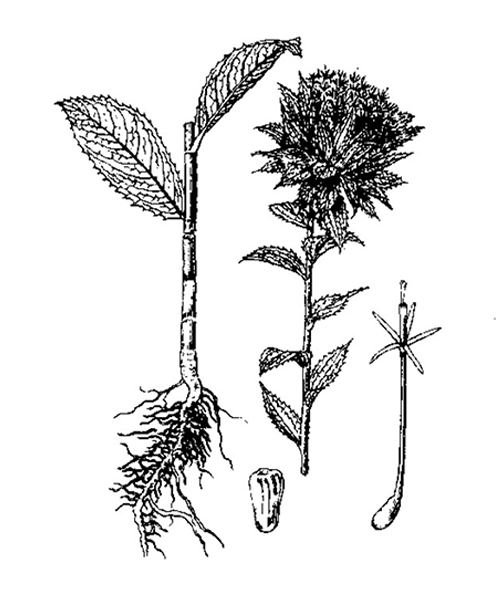
Natural products/compounds from Carthamus tinctorius
- Cat.No. Product Name CAS Number COA
-
BCN6049
Quercetin117-39-5
Instructions
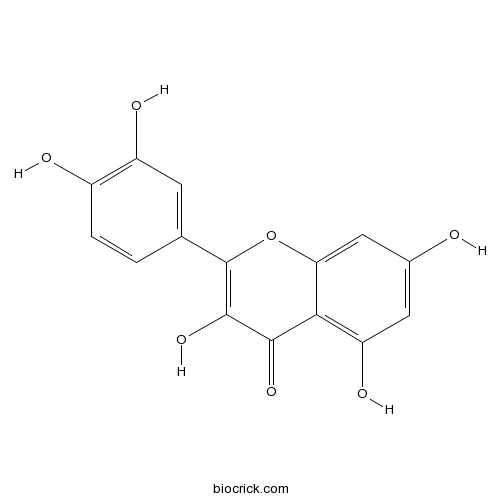
-
BCN1668
Gallic acid149-91-7
Instructions
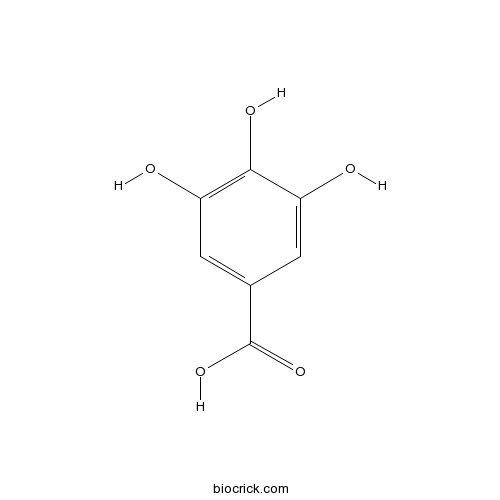
-
BCN1684
Rutin153-18-4
Instructions
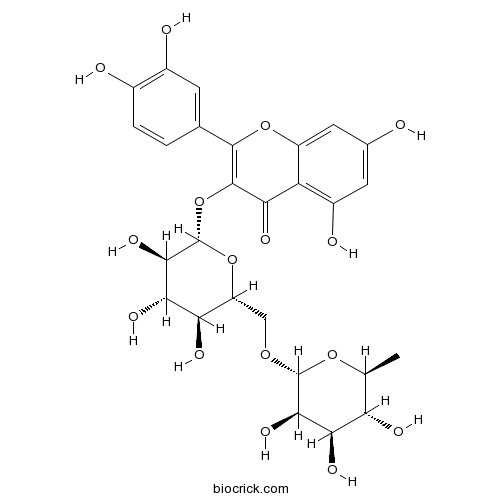
-
BCN1126
Nicotiflorin17650-84-9
Instructions
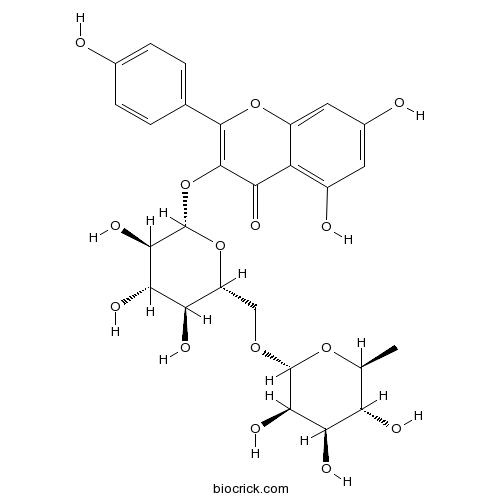
-
BCN3336
Kaempferol 3-O-beta-sophoroside19895-95-5
Instructions
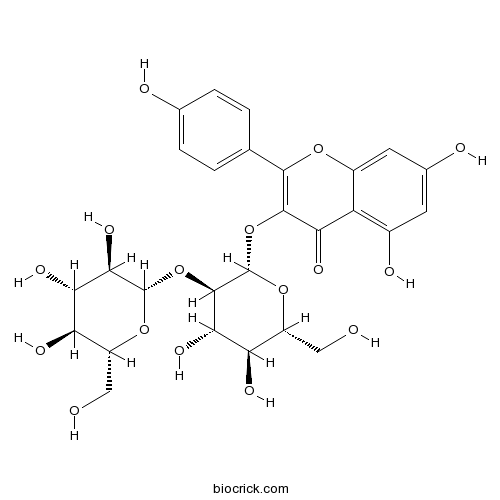
-
BCN2473
Daphnoretin2034-69-7
Instructions
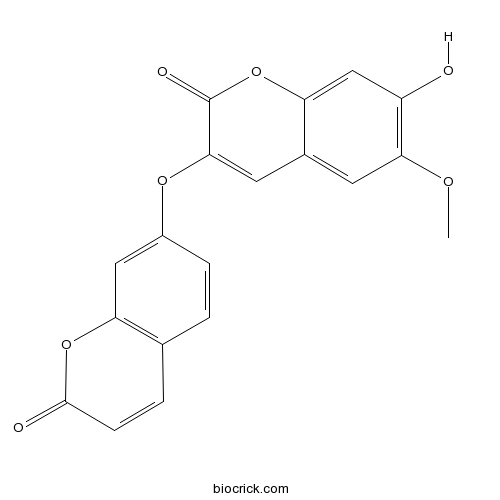
-
BCN5979
Caffeic acid331-39-5
Instructions
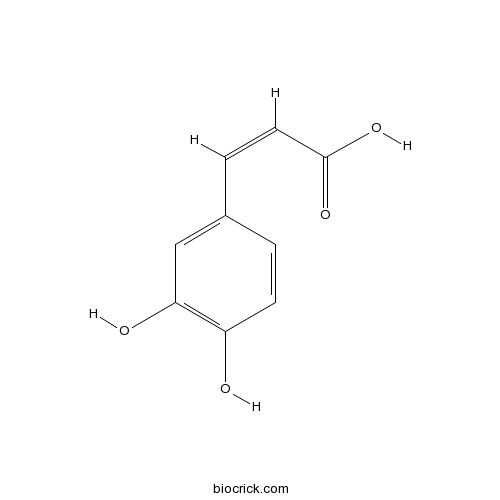
-
BCN2738
Tracheloside33464-71-0
Instructions
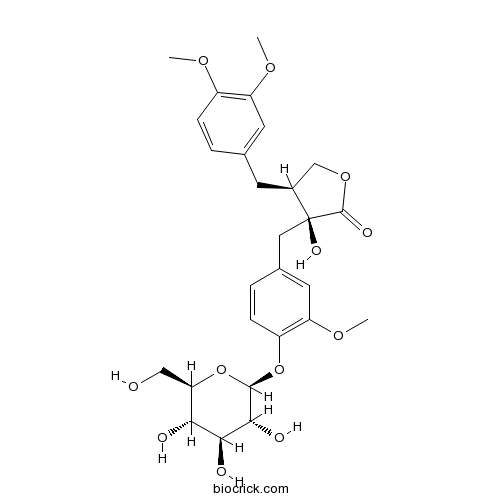
-
BCN2379
6-Methoxykaempferol 3-O-rutinoside403861-33-6
Instructions
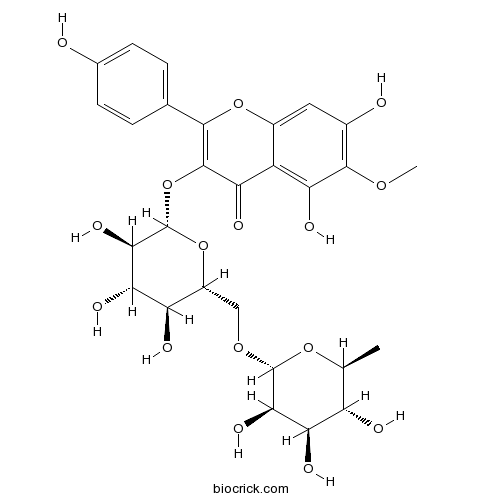
-
BCN5531
Daucosterol474-58-8
Instructions
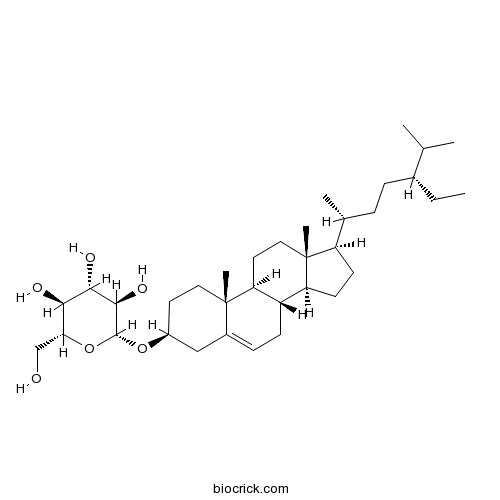
-
BCN5549
Astragalin480-10-4
Instructions
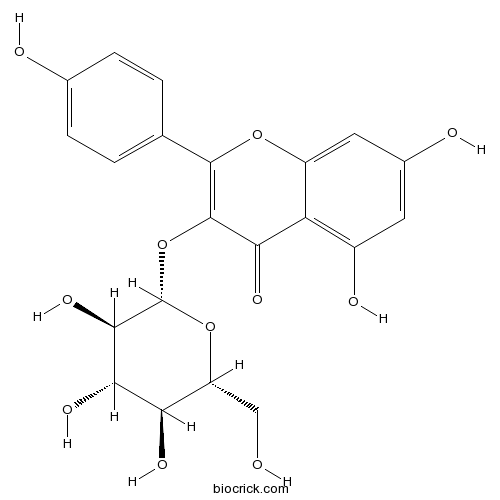
-
BCN5551
Isorhamnetin480-19-3
Instructions
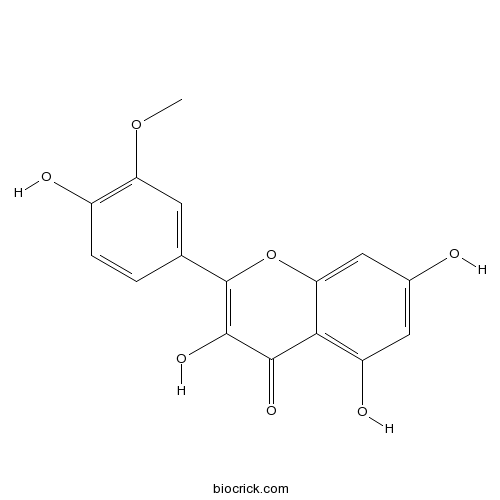
-
BCN5560
Acacetin480-44-4
Instructions
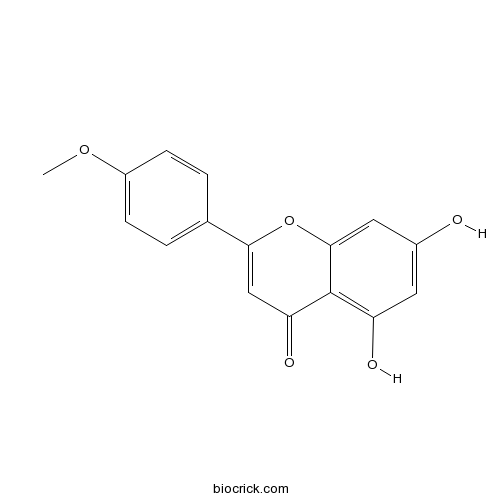
-
BCN5569
Isoquercitrin482-35-9
Instructions
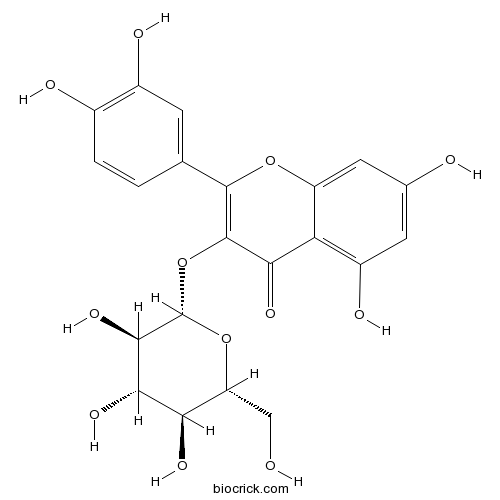
-
BCN5653
Kaempferol520-18-3
Instructions
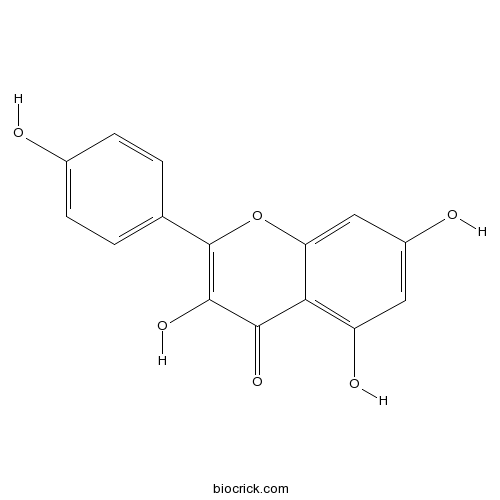
-
BCN5658
Apigenin520-36-5
Instructions
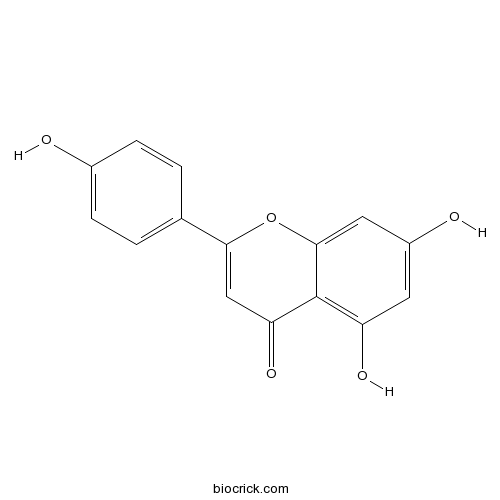
-
BCN5380
Scutellarein529-53-3
Instructions
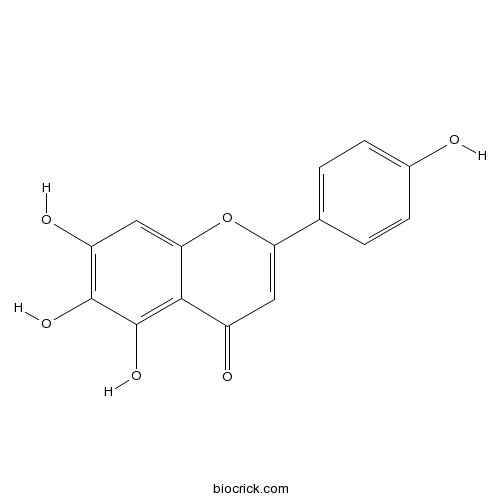
-
BCN5725
Lupeol545-47-1
Instructions
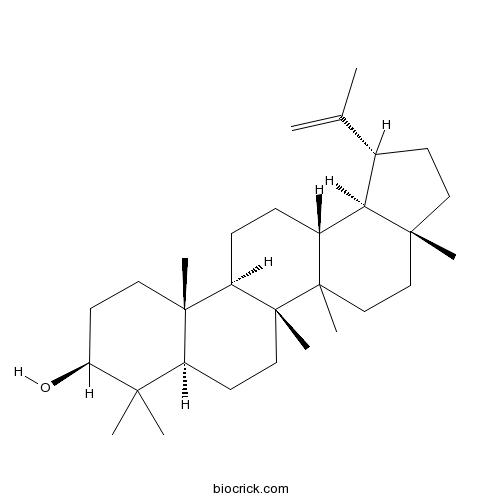
-
BCN5796
Adenosine58-61-7
Instructions
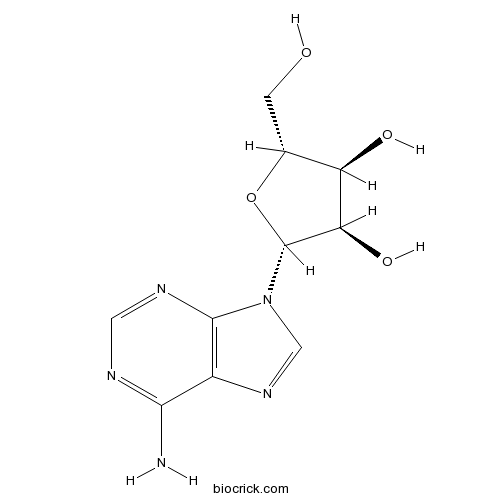
-
BCN3841
Inosine58-63-9
Instructions
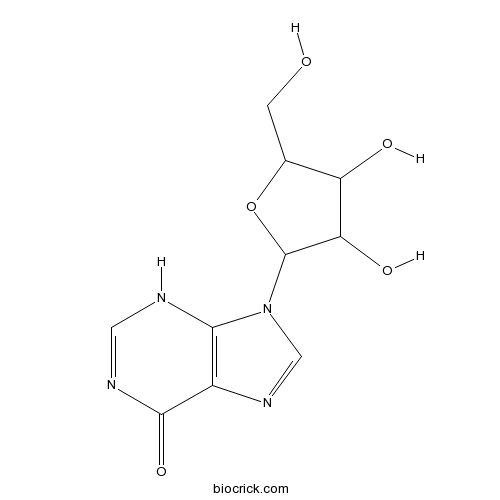
-
BCN4090
Uridine58-96-8
Instructions
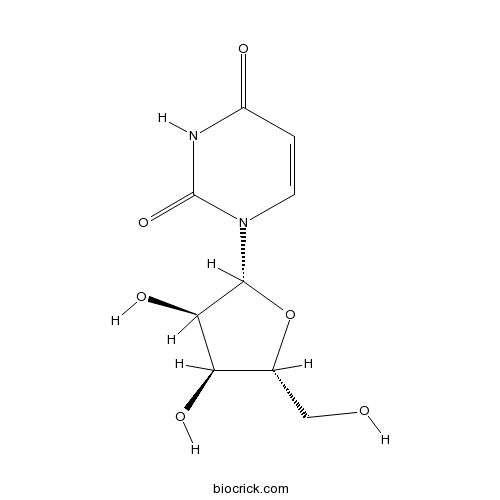
-
BCN8153
Dulcitol608-66-2
Instructions
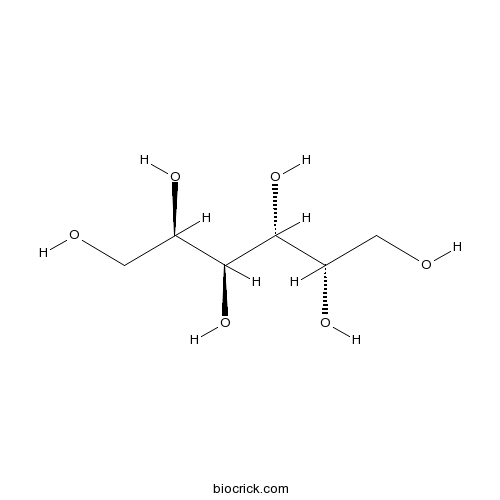
-
BCN3818
L-Phenylalanine63-91-2
Instructions
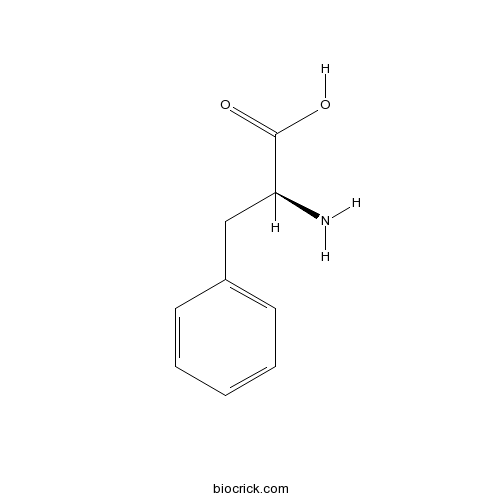
-
BCN1015
Beta-Sitosterol83-46-5
Instructions
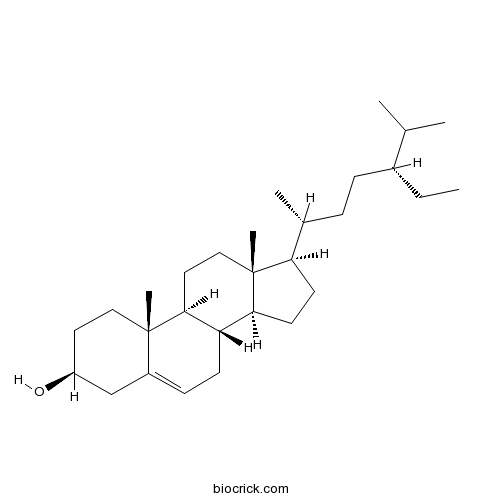
-
BCN4477
Umbelliferone93-35-6
Instructions
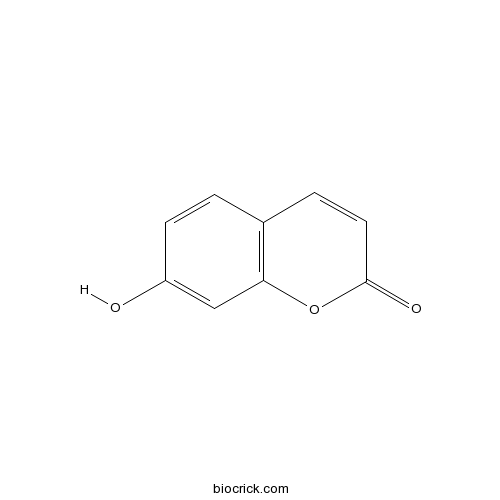
-
BCN4546
4-Hydroxybenzoic acid99-96-7
Instructions
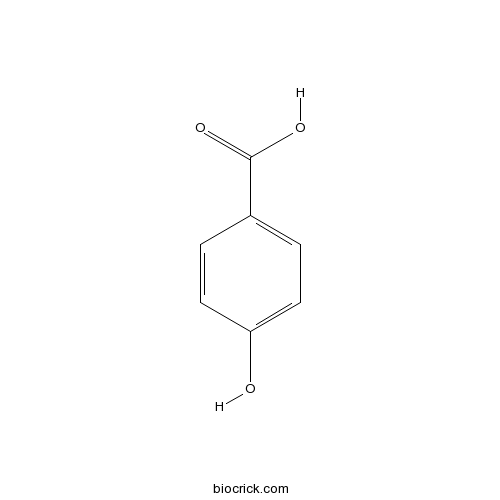
Preparation and evaluation of a reversed-phase/hydrophilic interaction/ion-exchange mixed-mode chromatographic stationary phase functionalized with dopamine-based dendrimers.[Pubmed: 30115386]
In this work, a novel dendritic stationary phase was synthesized by the repeated grafting of 1,4-butanediol diglycidyl ether (BDDE) and dopamine (DA) on the surface of silica for performing mixed-mode high-performance liquid chromatography (MHPLC). Elemental analysis (EA), thermogravimetric analysis (TGA) and Fourier transform infrared spectrometry (FT-IR) showed the successful preparation of the dendritic stationary phase. The prepared stationary phase showed the retention mechanisms of reversed-phase liquid chromatography (RPLC), hydrophilic interaction chromatography (HILIC) and ion-exchange chromatography (IEC) under different mobile phase conditions. In detail, alkylbenzenes, polycyclic aromatic hydrocarbons (PAHs) and hydrophobic positional isomers were separated successfully in the RPLC mode. The baseline separation of nucleobases, nucleosides and flavonoids was achieved under HILIC mode, respectively. Meanwhile, some acidic and basic analytes were used to evaluate the IEC mode. The effects of different chromatographic conditions, such as acetonitrile content, salt concentration and pH in the mobile phase, on the different chromatographic modes were also investigated. In addition, the application of the mixed-mode dendritic stationary phase was demonstrated by the analysis of traditional Chinese medicine (TCM), including Carthamus tinctorius L. and Abelmoschus manihot (Linn.) Medicus. Interestingly, the stationary phase also has the ability for the capture and separation of boric acids. These meaningful applications confirmed that the mixed-mode dendritic stationary phase can be potentially applied in the analysis of complex samples.
[Expression of oleosin-rhFGF9 fusion protein in Carthamus tinctorius and determination of hair regeneration and wound repair potential in mice].[Pubmed: 30111028]
The expression of fibroblast growth factor 9 (FGF9) recombinant fusion protein in Carthamus tinctorius was used to identify its effect on hair regrowth and wound repair system in mice, providing a basis for C. tinctorius as a plant bioreactor, and establishing a foundation for commercial applications of FGF9 fusion protein in hair regrowth and wound repair. The identified pOTBar-oleosin-rhFGF9 plasmid was transformed into Agrobacterium tumefaciens EHA105 by freeze-thaw method, and the oleosin-rhFGF9 gene was transformed into safflower leaves by A. tumefaciens mediated method. Transgenic safflower seedlings were then obtained by tissue culture. After basta screening, transgenic T₃ safflower seeds were obtained by grafting method, PCR verification and propagation. The expression of oleosin-rhFGF9 was detected by Western blot, and the content of oleosin-rhFGF9 fusion protein was 0.09% by using ELISA quantitative method. It was observed that 60 μg·L⁻¹ transgenic safflower oil had better effect on promoting NIH/3T3 cells proliferation in a certain dose-dependent manner. Sixty C57BL/6 mice were used to establish alopecia model and wound model respectively, and then were randomly divided into control group (treated with PBS or saline), negative group (treated with wild type safflower seed oil bodies, 60 g·L⁻¹), positive group (treated with FGF9, 0.054 g·L⁻¹), low dose group (treated with transgenic safflower oil bodies, 10 g·L⁻¹) and high dose group (treated with transgenic safflower oil bodies, 60 g·L⁻¹). The skin of all above-mentioned mice models were coated with soft adhesive manner every other day, 100 μL/time. After 15 days, the mice skin was cut and embedded for histological analysis. The hair regrowth experimental results showed that the hair of mice grew well, and the mice in high dose group had bushy hair, with significant effect on regeneration hair number as compared with the positive group. The healing was obvious in wound experiment, with significant healing effect in positive group, high dose group and low dose group as compared to blank control group. Furthermore, high dose group remarkably showed a better and higher healing effect than the positive group at day 5. Oleosin-rhFGF9 was successfully transformed into safflower, and T₃ transgenic safflower oil bodies expressed oleosin-rhFGF9 fusion protein were obtained, with the role of promoting hair regeneration and wound repair in mice.
Safflower polysaccharide inhibits the development of tongue squamous cell carcinoma.[Pubmed: 30103745]
Safflower polysaccharide (SPS) is one of the most important active components of safflower (Carthamus tinctorius L.), which has been confirmed to have the immune-regulatory function and antitumor effect. This study aimed to explore the effects of safflower polysaccharide (SPS) on tongue squamous cell carcinoma (TSCC).
Improvement of safflower oil quality for biodiesel production by integrated application of PGPR under reduced amount of NP fertilizers.[Pubmed: 30096207]
Safflower is an important industrial oil seed and bioenergy crop in semi-arid subtropical regions due to its potential to grow on marginal land and having good percentage of seed oil contents which is an important parameter for biofuel production. However, it is an ignored crop in Pakistan. In order to improve the crop productivity and reduce the use of agrochemicals for sustainable biodiesel feedstock production, an experiment was conducted for two years to improve the fatty acid composition and oil quality of Carthamus tinctorius L. (safflower) by the inoculation of Azospirillum and Azotobacter alone as well as in combined application with nitrogen and phosphate (NP) fertilizers on cultivars Thori and Saif-32 under field conditions. Separation and quantification of fatty acids were done on precise comprehensive two-dimensional gas chromatography (GC×GC). The results showed that fatty acid profile specifically monounsaturated fatty acids i-e oleic acid (C18:1) was significantly improved by Azospirillum supplemented with the quarter dose of NP fertilizers (SPQ) with concomitant decrease in polyunsaturated fatty acids by the respective treatment. Oil quality attributes such as acid value, saponification number, iodine value, refractive index and free fatty acid contents were reduced by the application of Azotobacter and Azospirillum in combination with half and quarter doses of NP fertilizers treatments (BTH, SPH, BTQ and SPQ). The reduction in these variables is positively linked with improved biodiesel yield and quality. It can be concluded that application of Azospirillum and Azotobacter not only reduced the use of NP fertilizers up to 50%-75% but also improved the oil quality in order to obtain environment friendly, sustainable and green fuel.
[Cloning,Bioinformatic Analysis of Chalcone-Flavonone Isomerase Gene( CHI) and Relationship Between Expression of CHI and Accumulation of HSYA in Carthamus tinctorius].[Pubmed: 30088872]
To clone chalcone-flavonone isomerase( CHI) gene in Carthamus tinctorius,to analyze the bioinformation of CHI,to compare the expression of CHI,and to analyze the percentage composition of hydroxysafflor yellow A( HSYA) during the florescence,in order to provide the foundation for functional verification of CHI and the composition and regulation mechanism of the flavonoid constituents in Carthamus tinctorius.
Full-length transcriptome sequences and the identification of putative genes for flavonoid biosynthesis in safflower.[Pubmed: 30041604]
The flower of the safflower (Carthamus tinctorius L.) has been widely used in traditional Chinese medicine for the ability to improve cerebral blood flow. Flavonoids are the primary bioactive components in safflower, and their biosynthesis has attracted widespread interest. Previous studies mostly used second-generation sequencing platforms to survey the putative flavonoid biosynthesis genes. For a better understanding of transcription data and the putative genes involved in flavonoid biosynthesis in safflower, we carry our study.


